 SHILLONG, JULY 13: The “Behdienkhlam” festival mesmerised the Goa Assembly speaker Rajendra Arlekar who had come along with a ten members’ team to witness its celebration even as Australian and American tourists expressed their desire to take part in the festival next year.
SHILLONG, JULY 13: The “Behdienkhlam” festival mesmerised the Goa Assembly speaker Rajendra Arlekar who had come along with a ten members’ team to witness its celebration even as Australian and American tourists expressed their desire to take part in the festival next year.
 Like every year the concluding day of the four days Behdienkhlam festival of the Pnars –Jaintias- on Saturday drew mammoth crowd and appeared that the whole of Jaintia hills had converged in Jowai to be part of the celebration. The sheer size of the crowd participation amazed Arlekar and his team even as foreign tourists expressed their desire to take part in the festival next year to the Sein Raij president OR Challam.
Like every year the concluding day of the four days Behdienkhlam festival of the Pnars –Jaintias- on Saturday drew mammoth crowd and appeared that the whole of Jaintia hills had converged in Jowai to be part of the celebration. The sheer size of the crowd participation amazed Arlekar and his team even as foreign tourists expressed their desire to take part in the festival next year to the Sein Raij president OR Challam.
 The fervour for participation in the festival was so much that Meghalaya deputy speaker Sanbor Shullai also indulge himself as he became part of the crowd to take part in one of the biggest festival of Meghalaya- which has been declared as the state festival.
The fervour for participation in the festival was so much that Meghalaya deputy speaker Sanbor Shullai also indulge himself as he became part of the crowd to take part in one of the biggest festival of Meghalaya- which has been declared as the state festival.
The festival is a huge tourist a ttraction and Challam said that the Sein Raij would do everything to make it more colourful and big every year. Behdienkhlam which means driving the plague is one of the oldest festival of the state that has become quite popular not only with the locals but also with The festival is celebrated during mid-July every year after the sowing season is over. Khlam means plague and Beh Dienmeans to drive the tourists. away the plague with sticks and religious fervor. This is from where the word Behdeinkhlam is derived.
 The main feature of the festival is the making of the “Dein Khlam”, “Symlen” and “Khnong”, which are rounded, polished and straight tree
The main feature of the festival is the making of the “Dein Khlam”, “Symlen” and “Khnong”, which are rounded, polished and straight tree
trunks, felled from a reserved forest. These trunks are brought to the Jowai town, a district headquarter in the eastern most part of the
state, with great fanfare.
Today, ‘rots’ depicting social related issues were brought in by the different localities displayed at Aitnar – a sacred pool.he youths of each locality in town also try out their artistic skills by erecting gaily coloured “rots” 10-40 feet tall structures built of bamboo, coloured paper and tinsel.
The climax of the celebrations is the carrying of a large trunk known as ‘Khnong’ by the niamtre faithful to Aitnar. People would run towards the Khnong to touch it as it is believe that by touching the Khnong it would bring them good health and they will prosper in their workplace and ensure better economic life.
Religious rites and sacrifices at the sacred pool precede the immersion ceremony in the early hours of the morning. In the evening ‘datlawakor’, a football match played with a rounded wooden ball, is played between two teams from the upper and lower valleys of the Myntdu River.
The side that wins is believed to be blessed with a good harvest of the year. The Daloi or the traditional chief acts as referee in the
match.- By Our Reporter

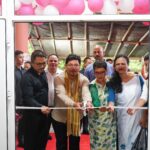
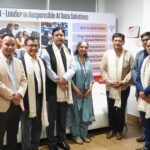
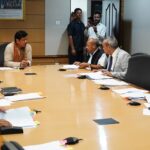
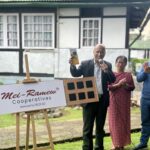

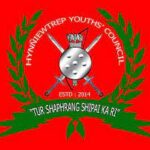



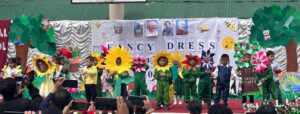
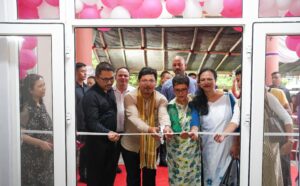
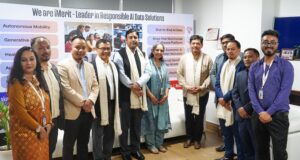
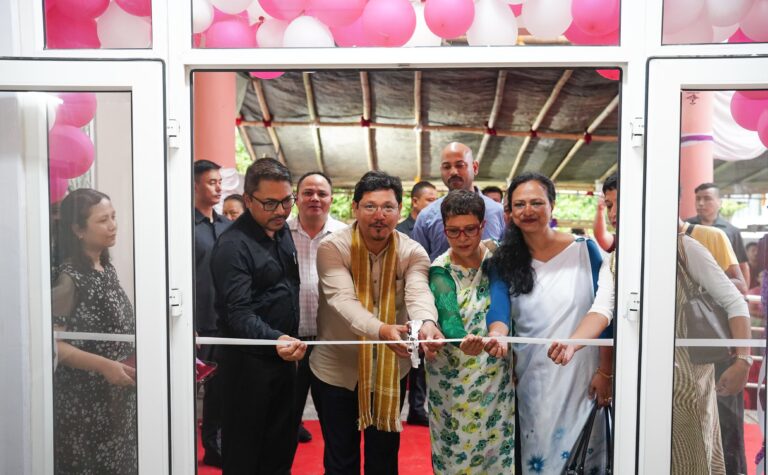
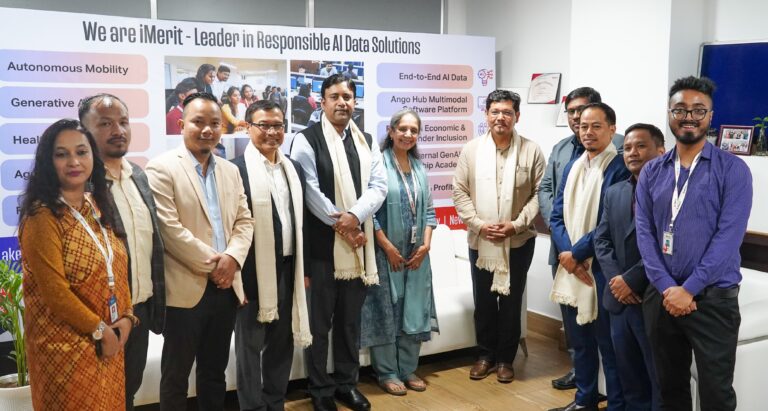
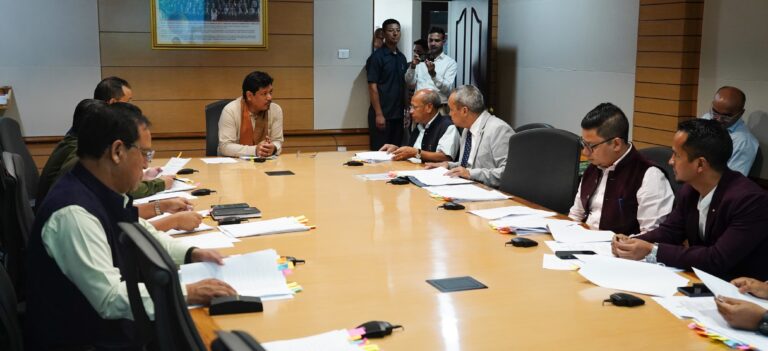
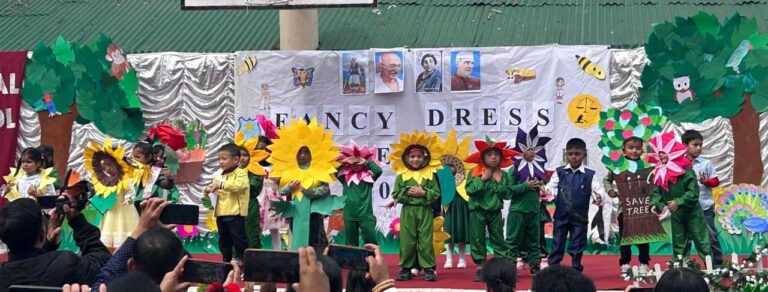
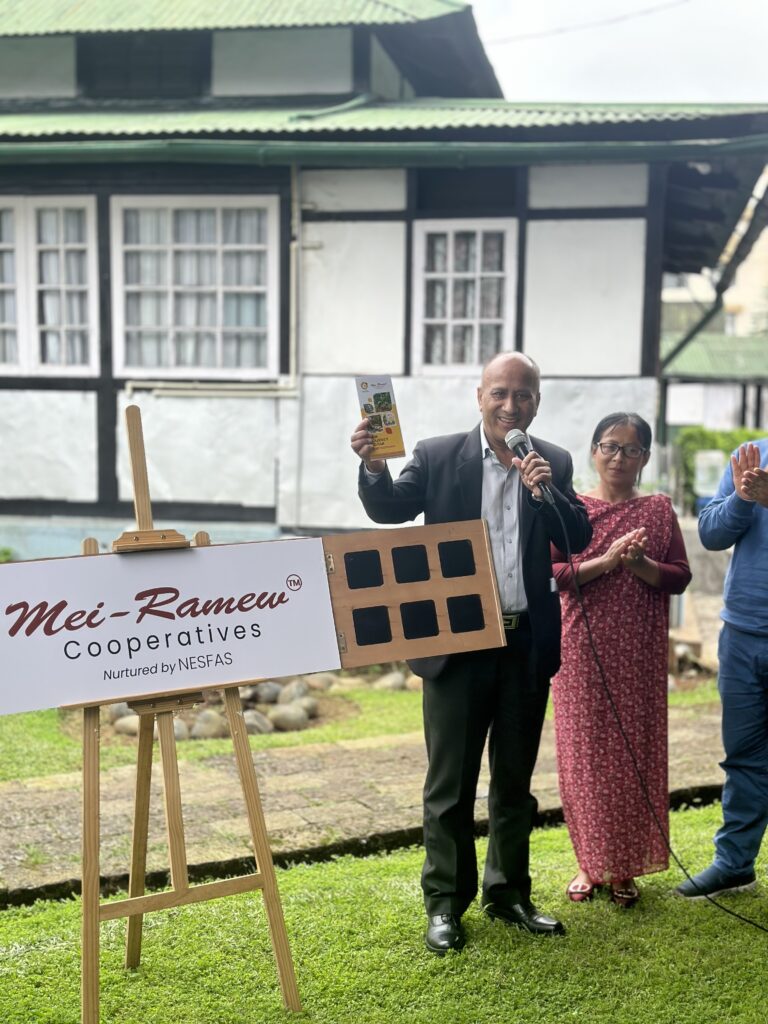
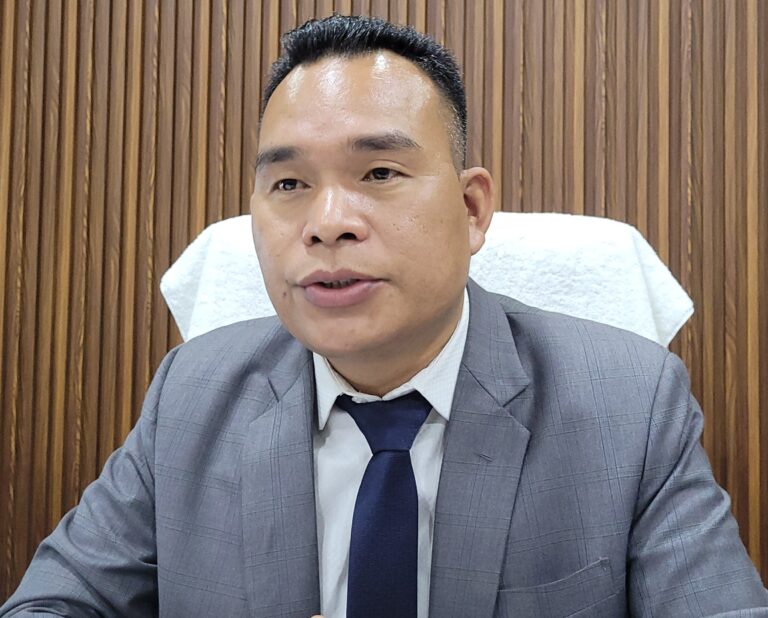
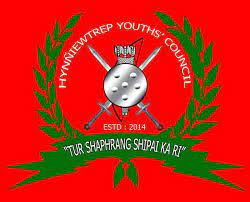

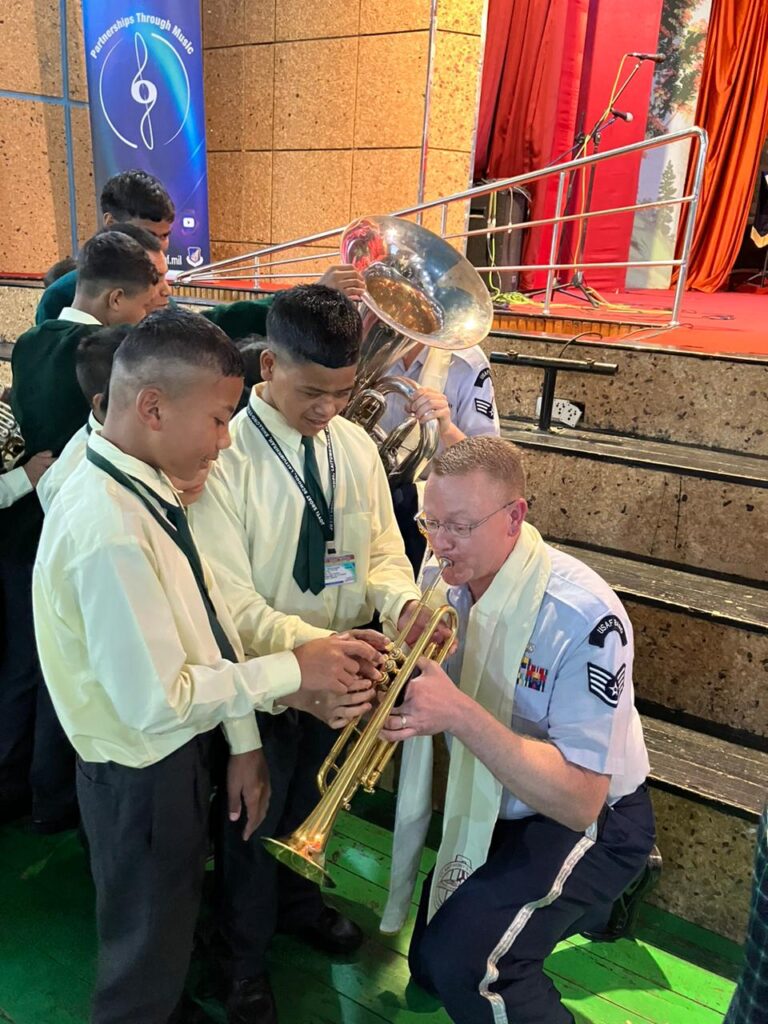
+ There are no comments
Add yours